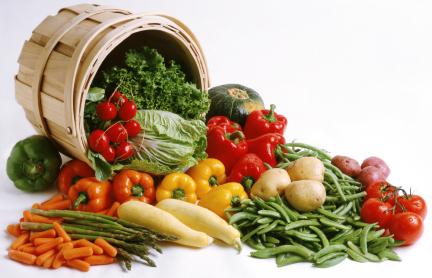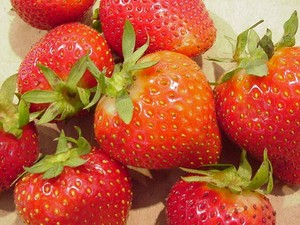It’s a good lifestyle – healthy for you, for animals, and for the planet. There’s a huge array of delicious food choices and recipes available to you, and there’s lots of support for making the transition (books, groups, websites, and more).
The weekend before Thanksgiving, the Tri-Valley Vegetarian Society held a sumptuous potluck at the San Ramon library. (Tri-Valley refers to the area of the East Bay that includes San Ramon, Danville, Pleasanton, Dublin, and Livermore). We had not only a tasty meal, but also two informative presentations. Chris Durrant of Pleasant Hill has invented a children’s board game, Fur and Feathers, that playfully shows kids how to be kind to animals. Josephine Bellaccomo, an executive coach and animal lover, gave us a lively demonstration of how to communicate effectively. Lisa Books-Williams, a certified Green Chef instructor, demonstrated a yummy relish recipe and coordinated the whole event. I made new friends and had a great time.
If you live in the Tri-Valley area and would like to know more about the TVVS, contact Lisa Williams at lisa@thriveholistic.com. If you’re in or close to San Francisco, contact Dixie Mahy at the San Francisco Vegetarian Society at dixie@sfvs.org. You don’t have to be a perfect vegetarian or vegan to attend – as TVVS says, “Non-vegetarian family members and the “veg-curious” are also welcome to participate!”


